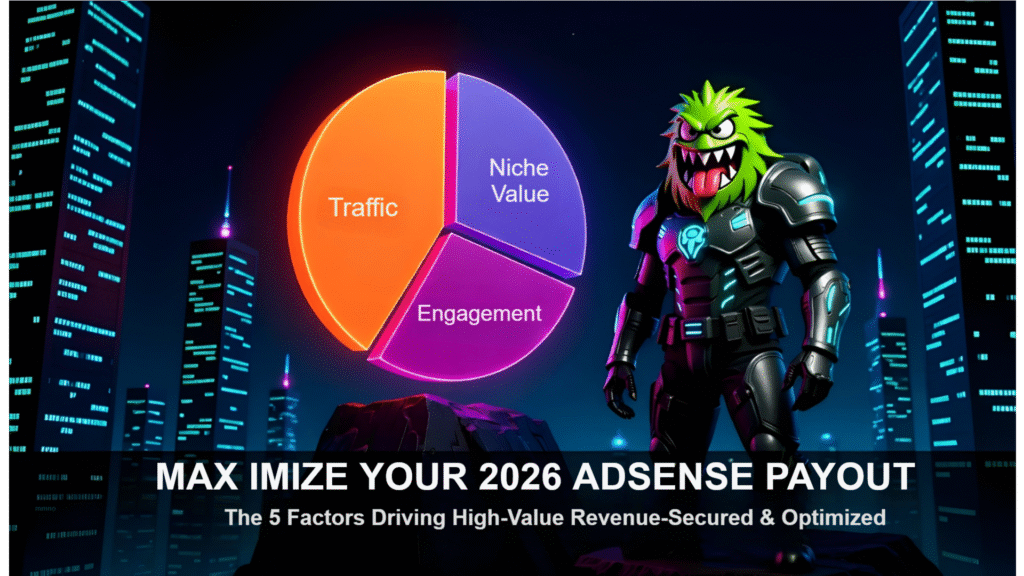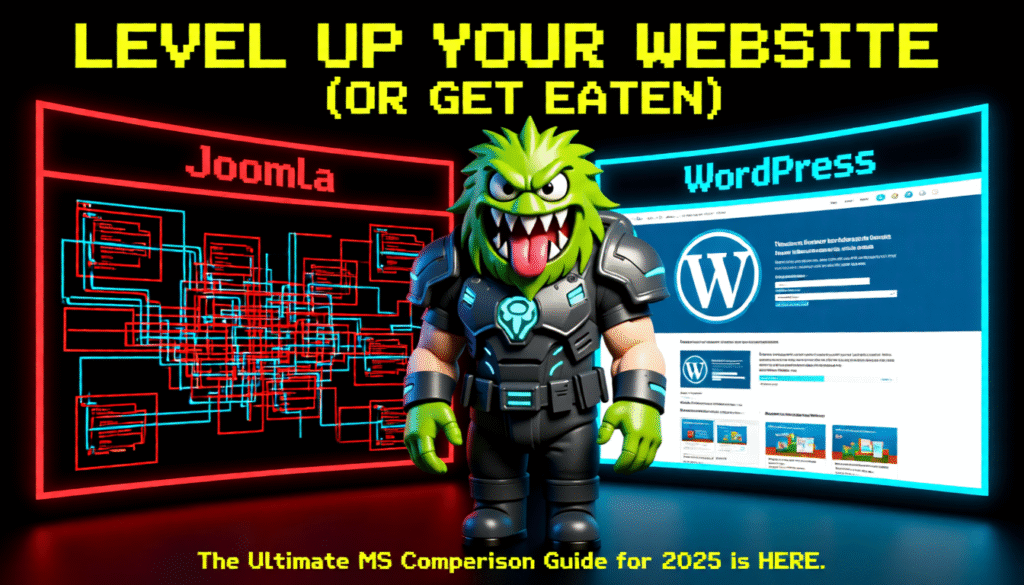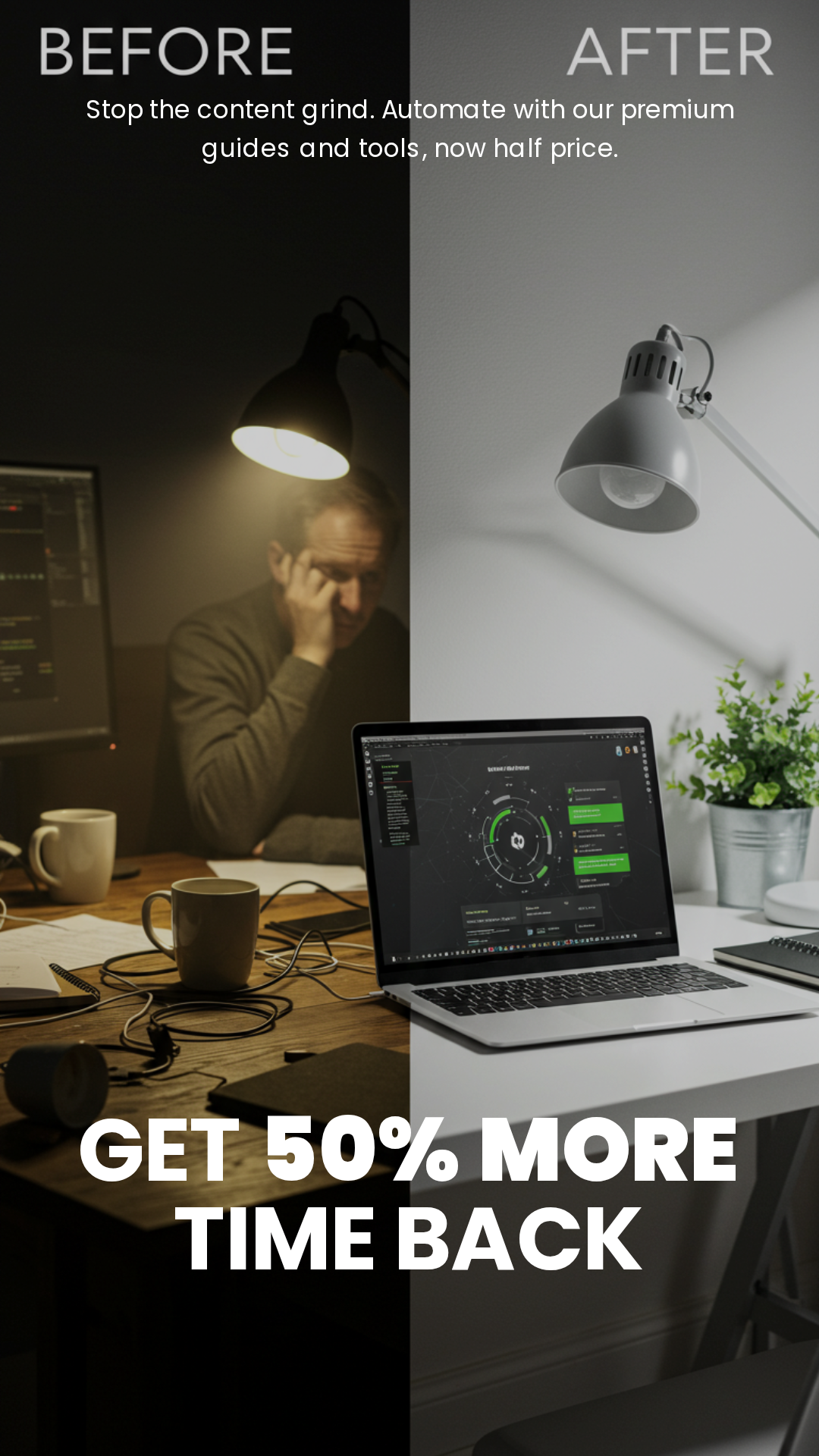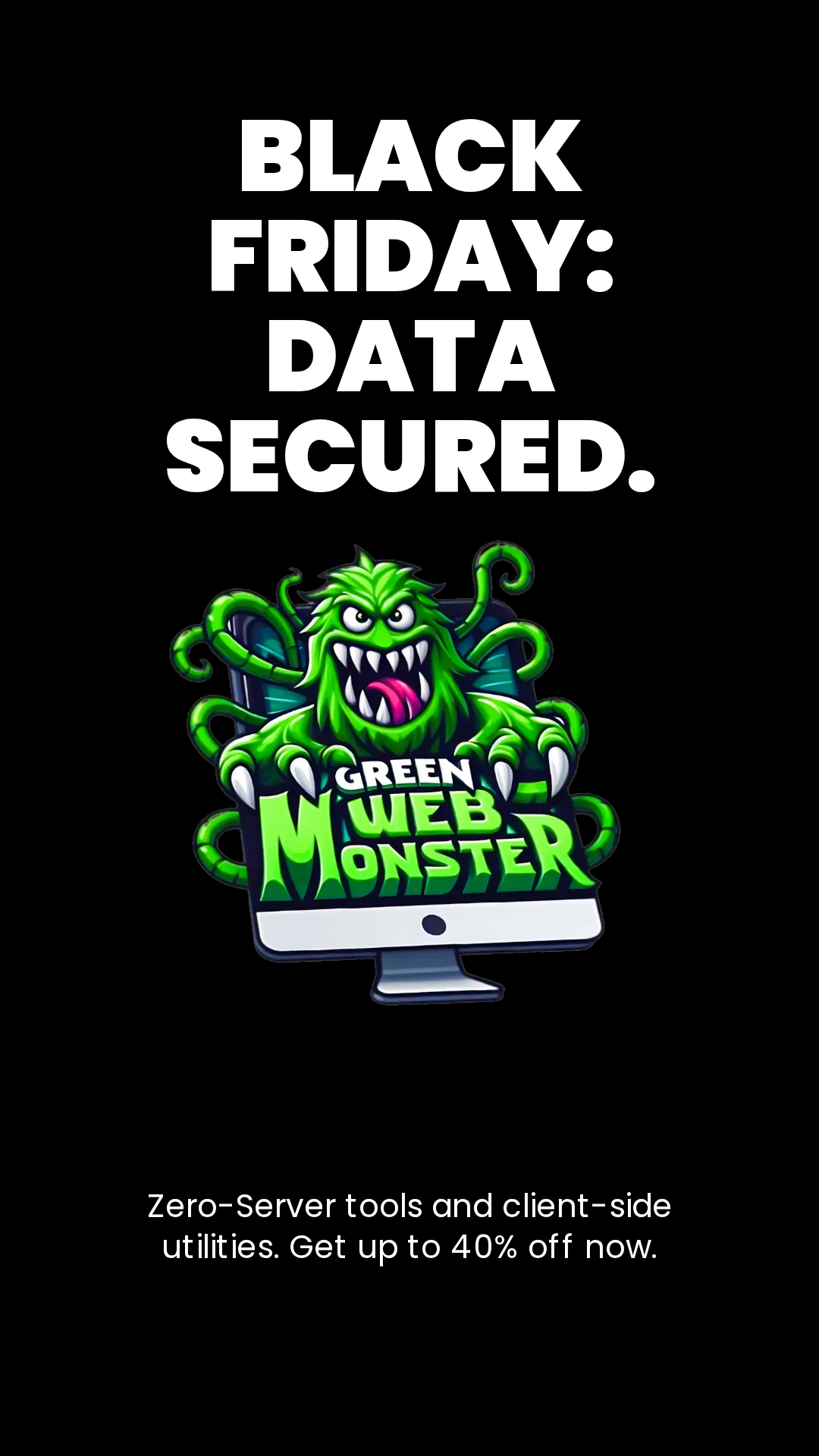Let’s be honest. For years, “brand marketing” has felt a bit like magic. How to Measure Brand Performance, You spend money on great content, beautiful ads, and community building, and you know it’s working… you can just feel it.
But when your CFO asks for the ROI on that “feeling,” the magic suddenly disappears.
The good news? Measuring your brand’s performance isn’t about catching smoke. It’s about connecting the dots between your brand’s health and your company’s wealth. While it’s not as simple as tracking a click, it’s absolutely possible—and essential for long-term, sustainable growth.
This guide will walk you through exactly how to do it, moving from fuzzy feelings to hard data.

Affordable Graphic Design Services
Solutions for Your Digital Problems
First, Let’s Shift Our Mindset: Brand vs. Performance Marketing
It’s crucial to understand that brand building isn’t the same as a direct-response ad campaign.
- Performance Marketing is about getting an immediate action: Click this, buy now, sign up. Its ROI is direct and easy to track.
- Brand Marketing is about building a long-term asset: Trust, recognition, loyalty, and reputation. Its ROI is cumulative and shows up in dozens of subtle, powerful ways.
Think of it like this: Performance marketing is asking someone on a first date. Brand marketing is why they said “yes” in the first place—and why they’ll stick around for years. You need both.
The Brand Performance Toolkit: Key Metrics You Need to Track
Okay, let’s get to the good stuff. Measuring brand performance means looking at a collection of metrics across the customer journey. Don’t just pick one; look at them together to see the full picture.
We can break them down into three key areas:
1. Awareness & Perception (Are People Discovering You?)
This is the top of the funnel. It tells you if your brand is becoming more visible and how people perceive it.
- Share of Voice (SOV): How often is your brand being mentioned online compared to your competitors? A rising SOV means you’re capturing more of the conversation in your industry.
- How to track: Use tools like Brand24, Sprout Social, or BuzzSumo to monitor mentions of your brand, your competitors, and key industry terms.
- Direct & Organic Website Traffic: When people type your website URL directly into their browser (direct traffic) or search for your brand name on Google (branded organic traffic), it’s a massive sign of brand recall. They know who you are and are seeking you out.
- How to track: Google Analytics is your best friend here. Look at your traffic sources and watch for growth in the “Direct” and “Organic” channels (specifically for queries containing your brand name).
- Social Media Reach & Mentions: How many people are seeing your content? More importantly, are they talking about you without being prompted? An increase in untagged mentions is a golden indicator of genuine brand buzz.
- How to track: Use your social media platform analytics (Facebook Insights, Twitter Analytics) and the social listening tools mentioned above.
2. Engagement & Consideration (Are People Interacting with You?)
Once people know you exist, are they leaning in closer? Engagement metrics show that your brand is resonating, not just being seen.
- Social Media Engagement Rate: Don’t just look at follower count. Look at likes, comments, shares, and saves. This shows you have an active community, not just a passive audience.
- How to track: Most social scheduling tools (like Buffer or Hootsuite) calculate this for you. Or, you can do it manually: (Total Engagements / Total Followers) x 100.
- Email List Growth & Click-Through Rates: An email address is a personal thing. When someone signs up for your newsletter, they’re giving you permission to enter their inbox. This is a strong signal of trust and interest.
- How to track: Your email marketing platform (Mailchimp, ConvertKit, etc.) provides detailed reports on list growth, open rates, and click-through rates.
- Content Metrics (Time on Page / Downloads): If people are spending several minutes reading your blog posts or downloading your whitepapers, it means your brand is providing real value and building authority.
- How to track: Again, Google Analytics is key. Look at “Average Engagement Time” for your key pages.
3. Loyalty & Advocacy (Are People Sticking with You and Spreading the Word?)
This is where the magic of brand really pays off. A strong brand doesn’t just win a customer once; it keeps them for life and turns them into a marketing channel.
- Net Promoter Score (NPS): This classic metric asks one simple question: “On a scale of 0-10, how likely are you to recommend our brand to a friend?” It’s a powerful pulse check on customer satisfaction and loyalty.
- How to track: Use survey tools like SurveyMonkey, Delighted, or Hotjar to poll your customers.
- Repeat Purchase Rate: How many of your customers come back for a second, third, or fourth purchase? This directly measures your brand’s ability to retain customers, which is far cheaper than acquiring new ones.
- How to track: This data lives in your e-commerce platform (like Shopify) or CRM (like HubSpot).
- Customer Lifetime Value (CLV): This is the ultimate brand metric. It’s the total revenue you can expect from a single customer account. A rising CLV means customers are not only staying longer but are also spending more over time—a direct result of brand trust.
- How to track: Your CRM or payment processing system should be able to calculate this for you.
Connecting the Dots: How to Calculate Brand ROI
Here’s the million-dollar question. How do you tie these metrics to an actual return on investment?
It’s about correlation, not just direct causation. You won’t be able to say, “This one blog post generated $10,000.” Instead, you’ll say, “Since we launched our new brand campaign, we’ve seen a 30% increase in direct traffic, our NPS score has jumped 10 points, and our customer lifetime value has increased by 15%.”
Here’s a simple framework to connect brand activities to revenue:
- Set a Baseline: Before you launch a major brand initiative (a new ad campaign, a content series, a rebrand), measure all the key metrics listed above. This is your “before” snapshot.
- Run Your Campaign: Execute your brand-building activities for a set period (e.g., one quarter).
- Measure the Lift: After the campaign, measure the same metrics again. Did your Share of Voice grow? Did direct traffic increase? Did your NPS improve?
- Correlate to Business Goals: Now, look at your core business KPIs for that same period. Did the sales cycle shorten? Did lead quality improve? Did your customer churn rate decrease?
By showing that brand health metrics are moving up and to the right alongside your revenue goals, you can build an undeniable case for the financial impact of your brand.
Final Thoughts: Brand is Your Moat
Measuring brand performance is a journey, not a destination. It requires patience and a commitment to looking beyond single-touch attribution.
Your brand is your company’s reputation. It’s the reason someone chooses you over a cheaper competitor, the reason they trust your advice, and the reason they’ll forgive you if you make a mistake. In a crowded market, a strong brand isn’t a nice-to-have—it’s your economic moat. And now, you have the tools to prove it.
What’s your biggest challenge when it comes to measuring brand performance? Drop a comment below!




















![[Artistly Design] 019a17a8-e325-731c-bbf3-a3ecdcf9b9b4](https://greenwebmonster.com/wp-content/uploads/2025/11/Artistly-Design-019a17a8-e325-731c-bbf3-a3ecdcf9b9b4.png)
![[Artistly Design]-019a69cc-06fb-7205-a4d1-29b753e4c824](https://greenwebmonster.com/wp-content/uploads/2025/11/Artistly-Design-019a69cc-06fb-7205-a4d1-29b753e4c824-2.webp)
![[Artistly Design]-019a69cc-06fc-72f0-bb8c-66b8ea162c6d](https://greenwebmonster.com/wp-content/uploads/2025/11/Artistly-Design-019a69cc-06fc-72f0-bb8c-66b8ea162c6d-3.webp)
![[Artistly Design]-019a69cc-06fc-72f0-bb8c-66b8eaf1c613](https://greenwebmonster.com/wp-content/uploads/2025/11/Artistly-Design-019a69cc-06fc-72f0-bb8c-66b8eaf1c613-3.webp)
![[Artistly Design]-019a69cc-06fc-72f0-bb8c-66b8eb708f8f](https://greenwebmonster.com/wp-content/uploads/2025/11/Artistly-Design-019a69cc-06fc-72f0-bb8c-66b8eb708f8f-4.webp)
![[Artistly Design]-019a778e-8f7b-7127-b987-be3eef6e84d4](https://greenwebmonster.com/wp-content/uploads/2025/11/Artistly-Design-019a778e-8f7b-7127-b987-be3eef6e84d4-2-scaled.webp)



